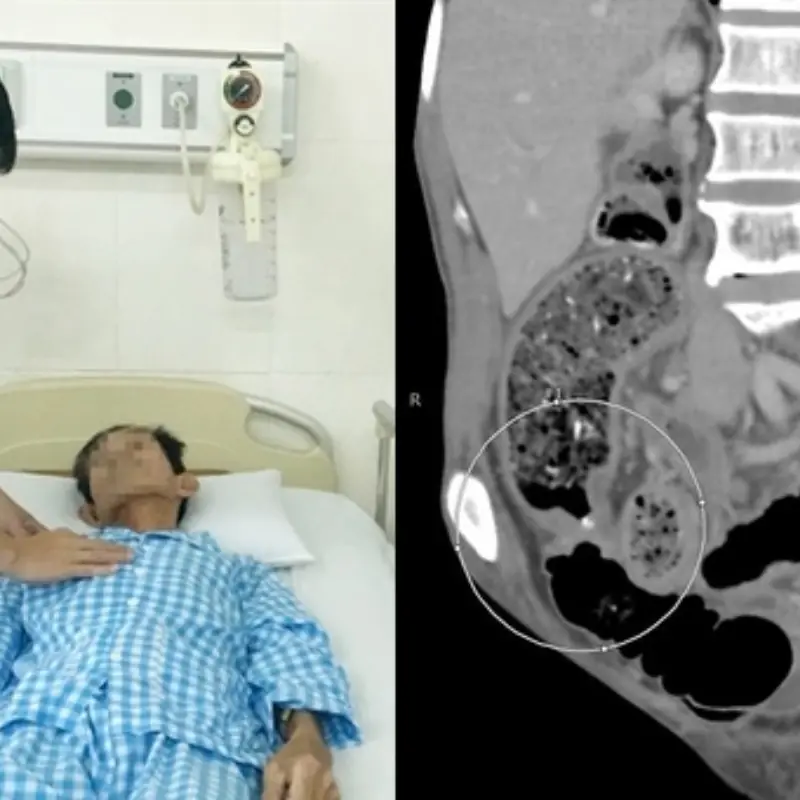
A Common Mistake Everyone Makes: It’s Not Leftovers — These 5 Foods Are the Real “Silent Kil.lers” Hiding in Your Kitchen!
A Common Mistake Everyone Makes: It’s Not Leftovers — These 5 Foods Are the Real “Silent Kil.lers” Hiding in Your Kitchen!
If You Notice Anything Strange, Throw Them Away Immediately — Never Hesitate!
Many people worry about eating leftovers: “Is reheated rice, soup, or meat still safe?”, “Is drinking water left overnight harmful?”… These concerns often push people into two extremes: either throwing away perfectly good food (causing waste), or forcing themselves to finish everything out of fear of wasting it — which can be dangerous to health.
According to MSc. Nguyễn Thị Minh Tâm (clinical nutrition specialist, Hanoi Medical University Hospital), leftovers that are properly stored — cooled within 2 hours, kept in airtight containers, reheated to 75°C — can be safely eaten. But most people worry about the wrong things: they fear old rice and leftover soup, while overlooking far more dangerous foods such as sprouted potatoes, over-soaked mushrooms, and leafy vegetables left overnight. These are the items that must be strictly avoided.
In reality, most leftovers are safe when handled properly. What you should be worried about are the 5 “high-risk” foods below — common ingredients in every kitchen that can produce dangerous toxins when mishandled. If you notice any unusual signs, throw them away immediately. Do not regret them!
1. Sprouted or Green Potatoes: Solanine — the Hidden Poison in Every Fiber
Many believe that cutting off the sprouted or green parts makes the potato safe to eat. But the truth is: solanine, the toxin produced when potatoes sprout, spreads throughout the entire tuber — not just the damaged part. Even boiling, steaming, or frying cannot completely destroy it.
Eating solanine can cause nausea, vomiting, dizziness, mild paralysis, and in severe cases, difficulty breathing.
If you see even a small sprout or green spot — throw the potato out immediately.
2. White Fungus or Wood Ear Mushrooms Soaked Too Long: The Invisible Killer "Bongkrekic Acid"
White fungus (tremella) and black wood ear mushrooms are common ingredients. But soaking them too long at room temperature — especially in hot weather — allows the growth of Pseudomonas cocovenenans, the bacteria that produces bongkrekic acid, a deadly toxin.
Worse, there is no antidote. Poisoning can lead to liver failure, kidney failure, and rapid death.
Safe soaking guidelines:
-
Use cool or slightly warm water
-
Soak no longer than 4 hours
-
Wash and cook immediately after soaking
-
If soaked overnight — discard them immediately
-
If the soaking water looks cloudy, smells strange, or the mushrooms feel slimy — throw everything away

3. Undercooked Green Beans: Don’t Underestimate This Familiar Ingredient
Fresh or undercooked green beans contain saponin and phytohemagglutinin, two compounds that can cause acute food poisoning within minutes. Symptoms include stomach pain, diarrhea, nausea, and severe dehydration in serious cases.
Green beans are dense, so quick stir-frying will not cook them through.
Safe method:
Blanch in boiling water for 2–3 minutes before cooking, or simmer until soft and easily pierced.
Only then are the toxins fully neutralized.
4. Slightly Rotten Fruit: Don’t Believe the Myth “Just Cut the Bad Part Off”
An apple or pear with a small rotten spot may look harmless, but mold has already spread through the entire fruit. These molds produce patulin, a toxin that damages the liver and accumulates over time.
Even the “fresh-looking” part may contain dangerous levels of patulin.
If you see mold or smell anything unusual — throw the whole fruit away.
5. Leafy Greens Left Overnight: Skyrocketing Nitrite Levels
Spinach, bok choy, lettuce, and similar greens contain high natural nitrate levels. When stored for too long — especially at room temperature — nitrates convert into nitrites, precursors to nitrosamines, which are proven carcinogens.
Even in the refrigerator, nitrites can continue to increase.
To stay safe:
-
Cook and eat leafy greens within the same day
-
If you must keep leftovers, refrigerate for no more than 12 hours
-
Reheat thoroughly before eating
But ideally — do not eat them again.
3 Golden Rules for Identifying Safe Food
1. Look carefully:
If food shows mold, sprouts, discoloration, swelling, or leaking — discard it.
2. Trust your senses:
Any sour, rancid, or unusual smell means bacteria are multiplying rapidly.
3. Know each ingredient’s nature:
Some foods naturally spoil faster or produce toxins — like wood ear mushrooms, leafy greens, or daylily flowers — and should not be stored for long. Cook only what you will eat.
News in the same category

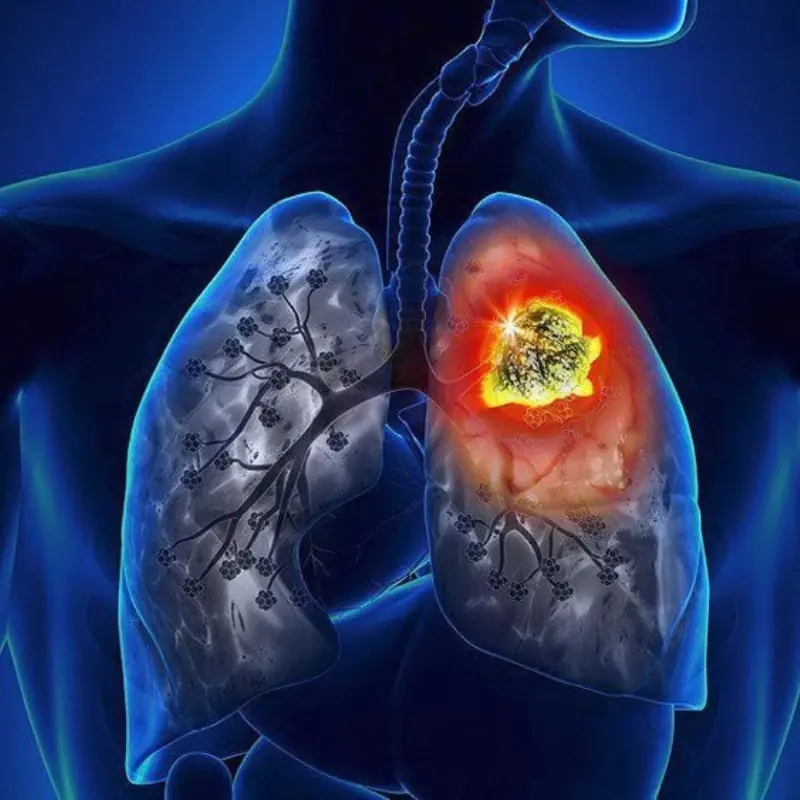
A Small Spot on the Chest Seemed Harmless… but Doctors Say It’s a ‘Silent Killer’ Hiding in the Lungs
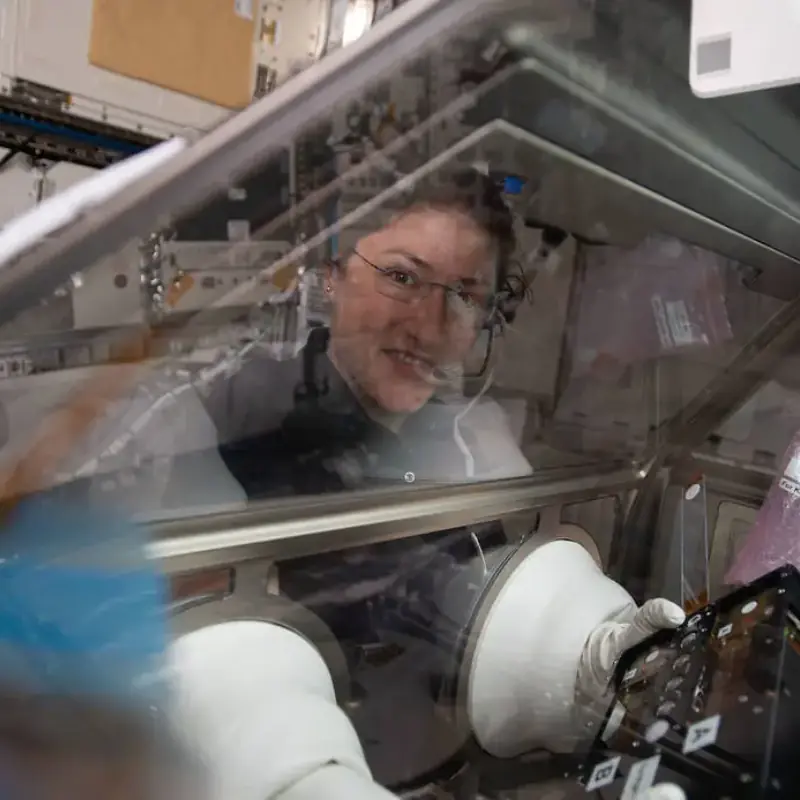
Shocking: A Mission to Mars Could ‘Destroy’ Astronauts’ Kid.neys — What Is NASA Warning About?

The Faithful Dog Who Braved the Storm and Found Love in the Most Unexpected Companion

She Walked Away and Chose Her Son Over Me — But It Was Grandma Who Stepped In and Taught Her a Lesson That Changed Everything Forever
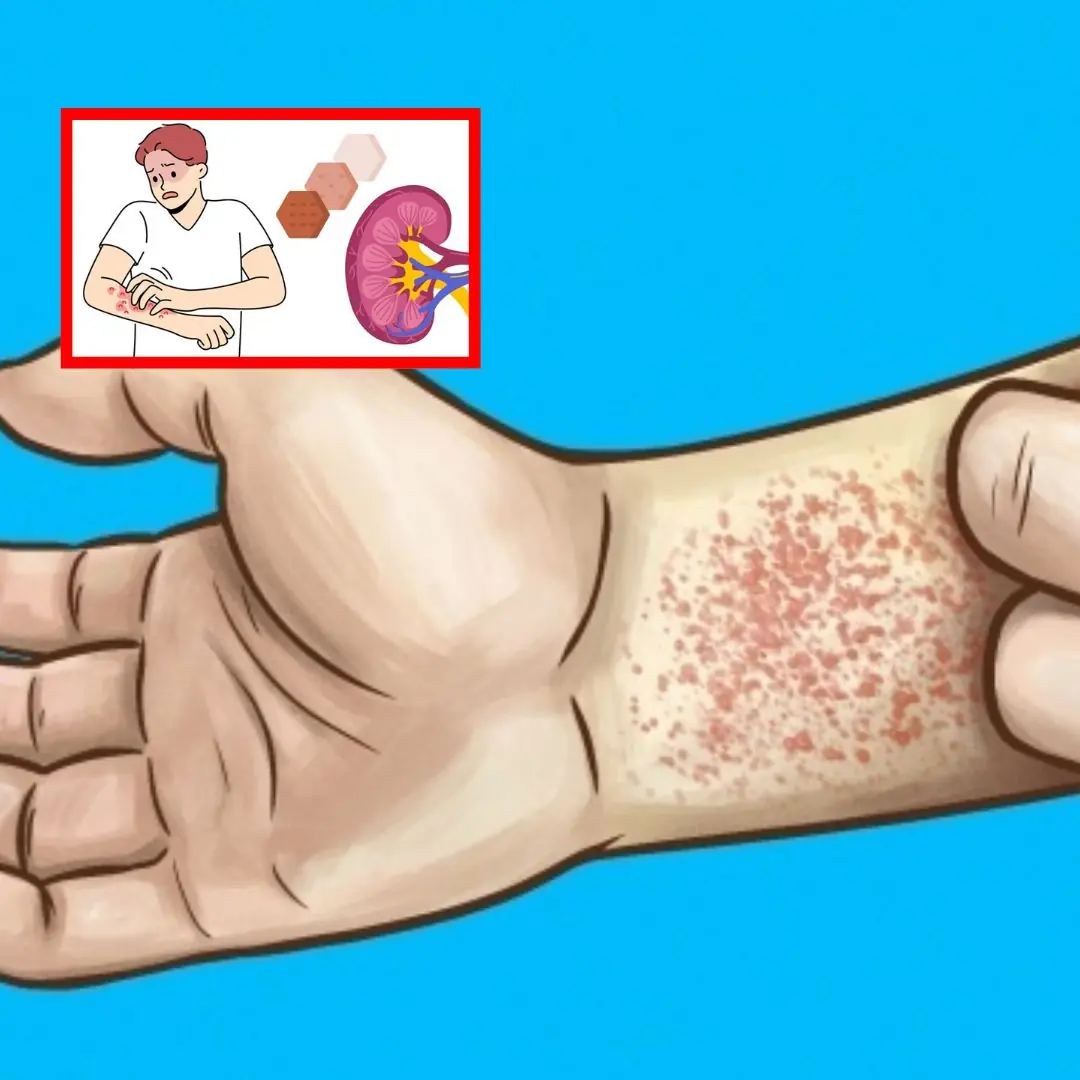
10 signs that you have kidney disease without knowing it

10 Warning Signs That May Indicate Abnormal Cell Growth in the Body

8 Ways To Get Rid Of Phlegm And Mucus In Chest And Throat

Stretch your ring finger with your thumb and hold it for a few seconds. you'll love the reason!

4 “Can.cer-Causing Culprits” Hiding Quietly in Your Home
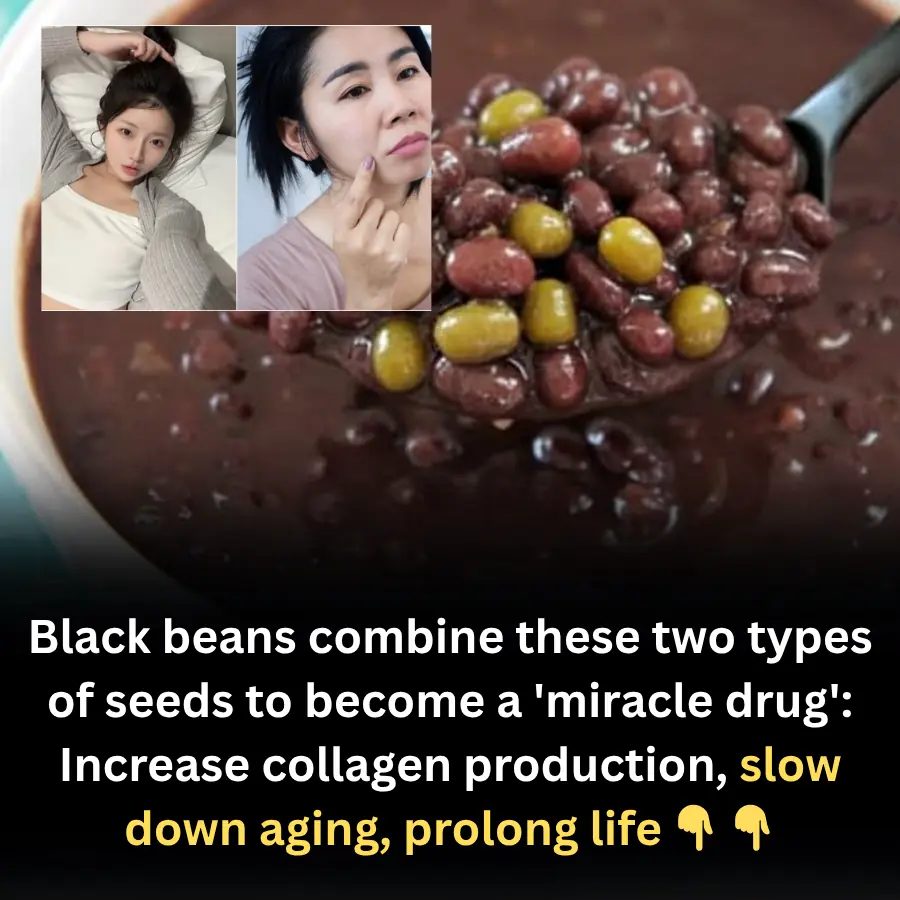
Black beans combine these two types of seeds to become a 'miracle drug': Increase collagen production, slow down aging, prolong life 👇 👇

Woman goes to the doctor for indigestion, finds out she has liver can.cer: Doctor panics: "Who eats breakfast like this for 20 years?"

9 foods with natural anti-can.cer prop.erties, eat regularly and can.cer cells will "not have a chance to visit" 👇

Foods that can ease swelling in hands and feet

5 signs to help detect colitis early, the first signs of which are often overlooked

6 Foods You Should Never Combine With Honey
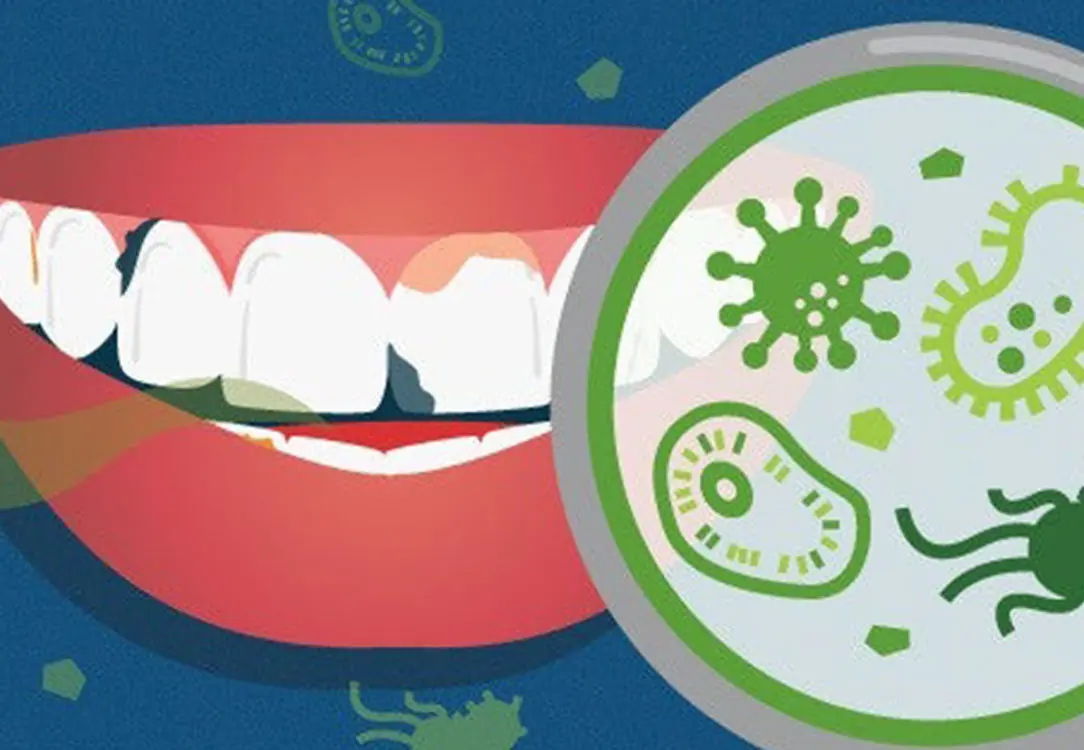
Poor Oral Health Linked to Increased S.troke Risk

5 Silent Warning Signs of High B.lood Pressure You Should Never Ignore
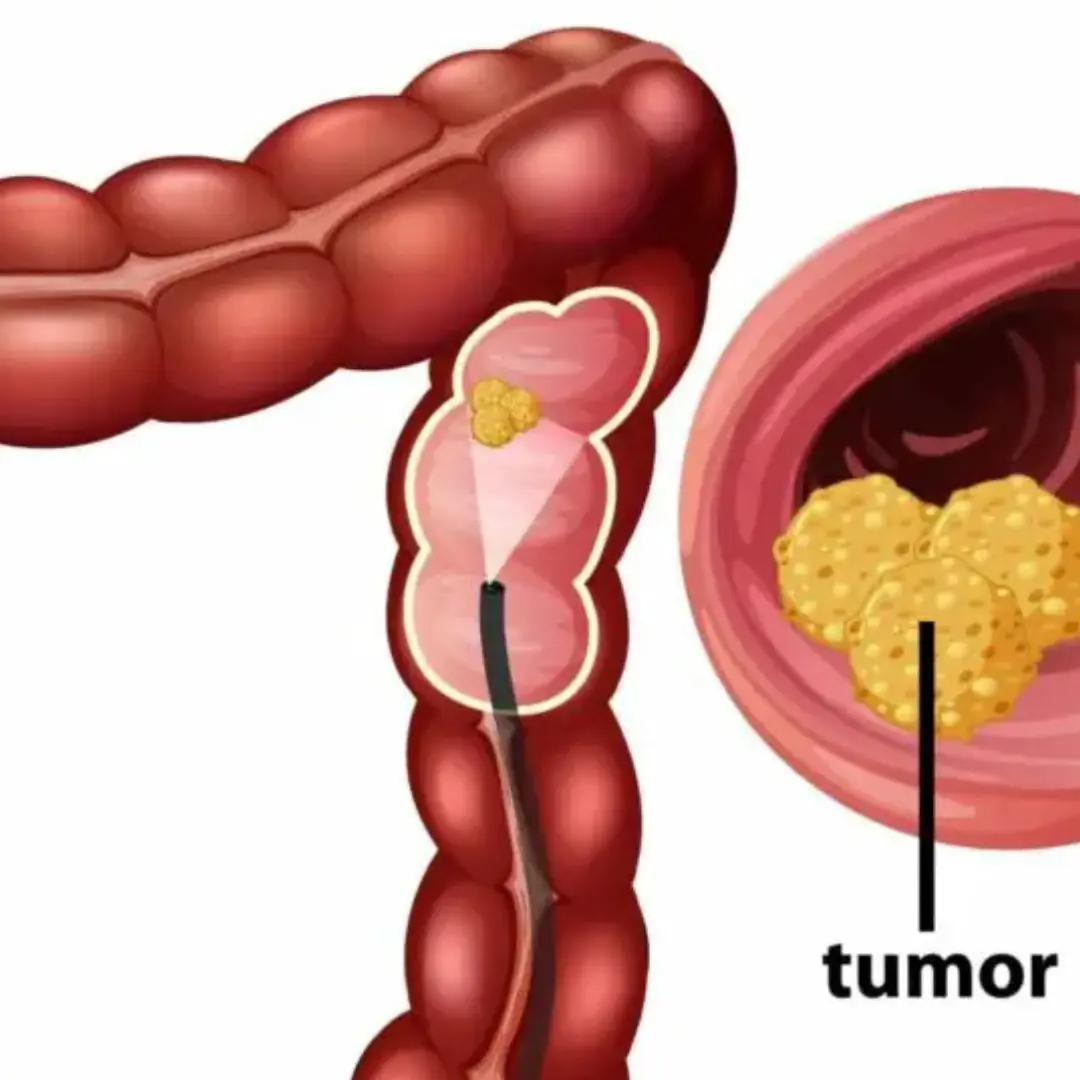
She Spotted These 5 Colon Ca.nc.er Symptoms Early — Here’s What You Should Watch For
News Post

My Husband Gave Our Son a Gift—And Told Him to Never Show It to Me

What do we do, rex? How will we survive? Will we have to beg for help?

A Woman Showed Up at My Door Claiming to Be My Dad’s Wife—But My Dad Has Been Single My Whole Life

Puff Pastry Christmas Wreath with Brie and Pomegranate

The Last Flight of Kavi

Lobster Thermidor

When Our Long-Awaited Family Vacation Fell Apart at the Airport

“Who would want you now, with two kids? Your husband ran off to another woman, never even suspecting that I WON A FORTUNE!”

In the Sleeper Carriage: A Chance Connection

Returning from his shift, he was hooking up with an older lady. After three months on the drilling rig, he didn’t give a damn about whom

A discovery at my husband’s birthday party: the truth behind the missing gift
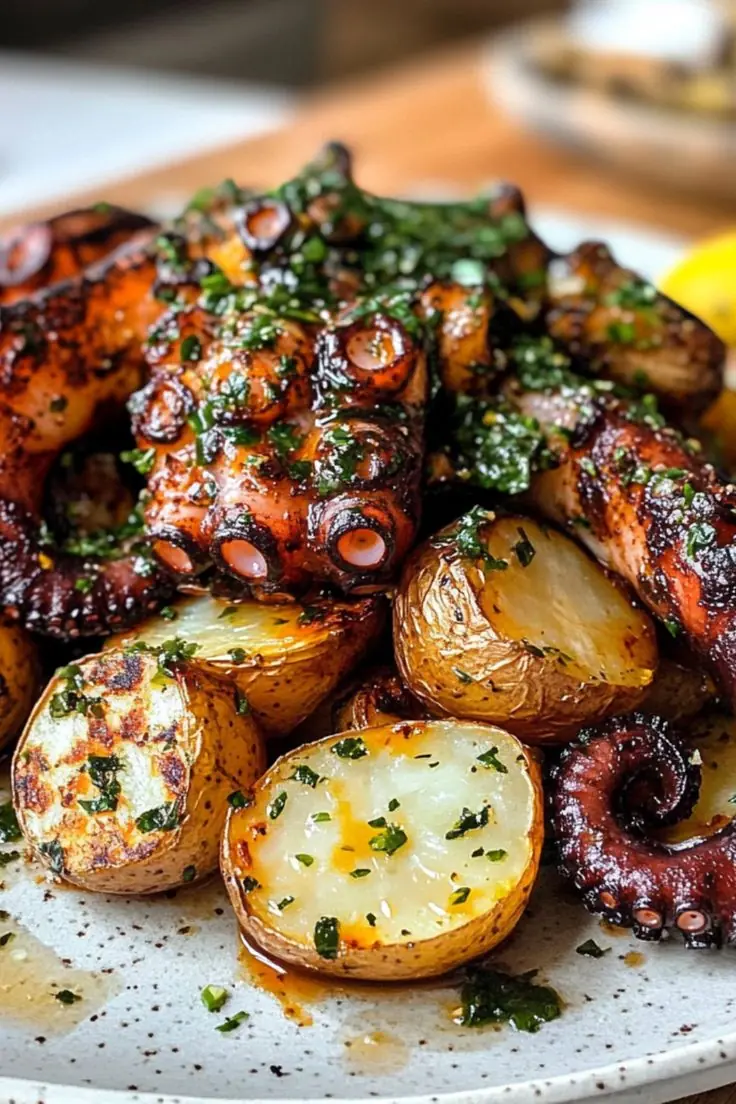
Grilled Octopus with Roasted Potatoes

“Yes, I’m his wife. That fat, stupid chicken. Right, darling?” Lisa whispered tenderly, pushing her husband’s hand off her waist
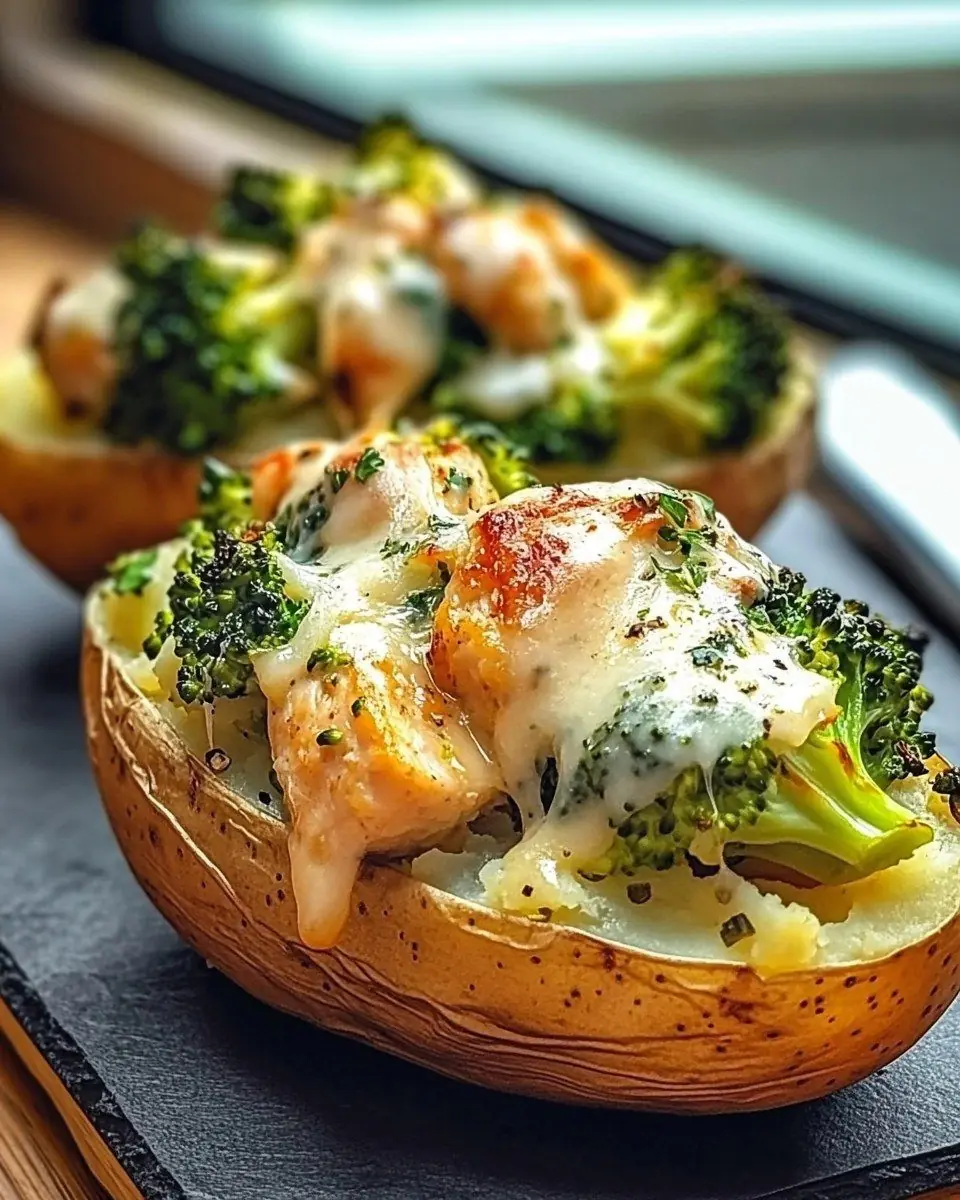
Twice-Baked Potatoes with Broccoli and Cheese

Doctors Reveal the Cause: Ignoring His Constipation Symptoms Cost a 41-Year-Old Man His Life in Just One Month

A Small Spot on the Chest Seemed Harmless… but Doctors Say It’s a ‘Silent Killer’ Hiding in the Lungs

Millions Are Making This Vitamin D Mistake

Shocking: A Mission to Mars Could ‘Destroy’ Astronauts’ Kid.neys — What Is NASA Warning About?
